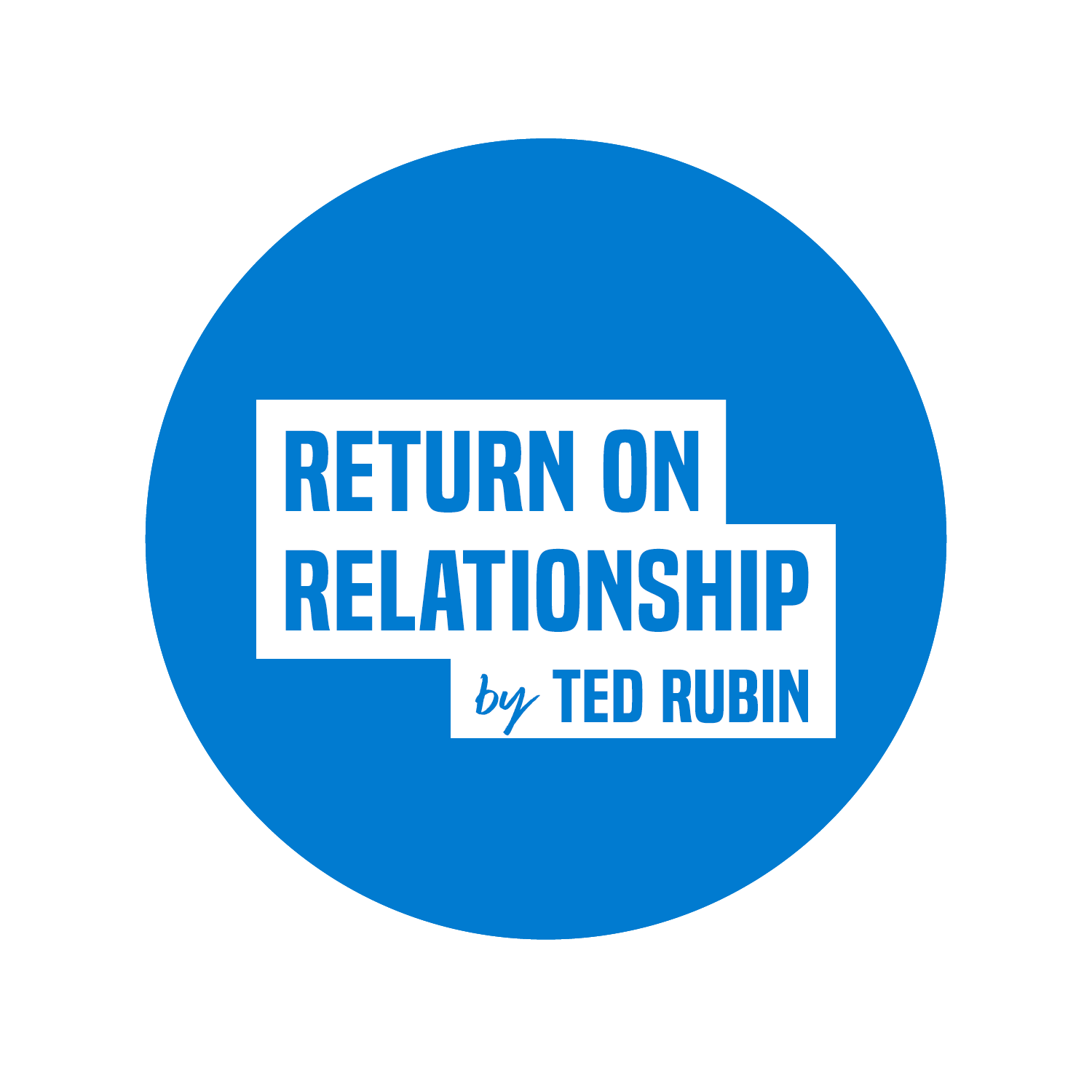Brand Love Scales—So Stop Settling for Being Liked ~via ADWEEK by Doug Zarkin
I got to know Doug while he was breaking marketing ground as CMO at Pearle Vision for many years. As he did then, he continues to lead the way in how brands connect with consumers. /Ted
Here’s the brutal truth: Being liked by your customer isn’t enough. It never was.
In today’s hyperfragmented, emotionally detached, swipe-right world, a “like” is the most overused and least valuable currency in the brand economy. And yet, too many brands are stuck chasing clicks instead of connection. It’s basically the friend zone—and if your brand’s stuck in it, you’re in trouble.
When a customer “likes” your brand, you might feel like you’re in the game. But that kind of casual engagement is exactly what keeps your brand from becoming essential. You’re not inspiring love. You’re not earning trust. You’re just … there. And as we all know, the friend zone is where good intentions go to die.
I’ve spent more than two decades building brands across fashion, beauty, healthcare, CPG, and retail—from startups to household names. What I’ve learned is simple: Real growth comes when a brand moves from liked to loved, from acquaintance to advocate. And that transformation doesn’t happen through gimmicks or one-time stunts—it’s built through consistent, emotionally resonant experiences that create brand love.
Brand love isn’t just a fluffy aspiration. It’s measurable, it’s actionable, and it’s the most powerful growth engine you’ve got. It turns your best customers into marketers, your retail experience into reputation, and your values into a competitive advantage.
The problem is, too many brands confuse marketing activity for marketing impact. They run endless retargeting campaigns, obsess over last-click attribution, and discount their way into short-term wins—only to find themselves addicted to margin-eroding promos that never drive loyalty. That’s because they’re stuck in the friend zone, where passion is tepid and trust is transactional.
Escaping the zone starts with a mindset shift: Stop trying to win the algorithm and start trying to win the human. My framework for “thinking human” blends emotional intelligence with brand strategy to build real connection. It starts with understanding your consumer’s pain points, aspirations, and rhythms. It demands curiosity, empathy, and the humility to realize that trust is earned in small, consistent moments—not grand gestures.
Think about your own relationships. Would you trust someone who only showed up when they needed something from you? Who changed personalities every time you saw them? Brands behave this way all the time—chasing performance at the expense of consistency. But love isn’t built in a dashboard. It’s built in the details.
So how do you move out of the friend zone? You start by asking better questions. Not “How do I get a customer to convert?” but “What would make them want to come back?” Not “How do I optimize this funnel?” but “How do I remove friction and add meaning?” You reframe marketing as a relationship, not a transaction.
From there, you build a playbook rooted in what I call the Brand Value Equation: experience divided by price. The lesser the delta between what they get and what they pay, the less buyer’s remorse—and the more likely they are to come back, rave, and refer.
Brands like REI, Apple, and Four Seasons don’t just sell products. They sell confidence, identity, and care. They don’t live in the friend zone—they live in the love zone, where customers become advocates and loyalty becomes leverage.
In contrast, brands that rely on being the cheapest or the most convenient often end up in “Quadrant D,” brand hate. Think cable companies or utilities—monopolies we tolerate, not brands we celebrate. They’re necessary, not loved. And when a better alternative shows up, they’re the first to fall.
The goal should never be to survive. It should be to matter. And that requires a commitment to both the art and the science of brand-building. Because performance marketing without a strong brand is a race to the bottom, and brand marketing without performance is just expensive storytelling.
The sweet spot is where the two meet—where every touch point reflects who you are and what you stand for, and every tactic drives measurable value. That’s how you create a brand that’s not only seen, but sought out. Not just bought, but believed in.
If you’re a marketer wondering where to start, here’s my challenge: Audit your customer journey. Identify the moments where trust is built, or broken. Listen harder. Show up consistently. Choose meaning over manipulation. And above all, stop settling for being liked.
Because the real win isn’t a like. It’s love. And love scales.



